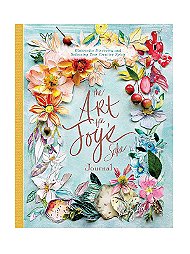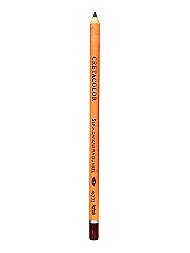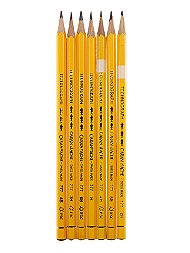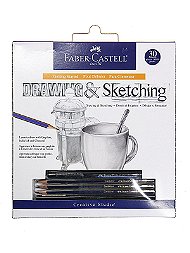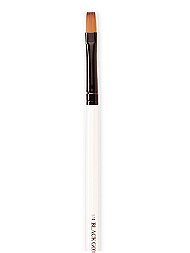Styles & Periods

Process Art
The roots of Process Art can be found in several styles that had emerged by the mid-20th century. Performance art, action painting, and the often unbridled creative style of the Abstract Expressionists, have in common the compelling nature of the methods by which they are achieved. It is method, the action of creating, that is the central focus of Process Art. Also essential to the style are the principles of impermanence and decay, leading Process art to be invariably linked with environmental art. In the 1960s, as a reaction to the unchanging, uniform Minimalist aesthetic, artists began to choose materials according to their physical properties and behaviors, such as ice, smoke and wax. As these materials changed, so did the form of the installation or sculpture. Forces of nature such as time, gravity, temperature and atmosphere all became elements of Process Art in this way. Minimalism and Process Art are not entirely incompatible, and this is illustrated in the work of Richard Serra. The artist is perhaps best known for his massive, minimalist, sheet metal sculptures, but his work in Process, Performance, and Video art is also notable. Serra's first work typified Process Art, and consisted of him hurling molten lead at the wall.
- 20th Century Architecture
- 20th Century Photography
- 20th Century Sculpture
- Abstract Expressionism
- Aegean Art
- African Art
- Archaic Asian Art
- Art Nouveau
- Arte Povera
- Ashcan School
- Avant-Garde
- Barbizon School
- Baroque
- Bauhaus
- Body Art
- Buddhist Art
- Byzantine Art
- Carolingian Art
- Celtic Art/ Early Medieval Art
- Chinese Painting
- Color-Field Painting
- Computer Art
- Conceptual Art
- Constructivism
- Contemporary Art in Asia
- Cubism
- Dadaism
- De Stijl
- Die Blaue Vier
- Die Brücke
- Divisionism
- Early Christian Art
- Early Renaissance
- Earthworks
- Egyptian Art
- Environmental Art
- Etruscan Art
- Expressionism
- Fauvism
- Feminist Art
- Funk Art
- Futurism
- Gothic Art
- Graffiti Art
- Greek Art
- Happenings
- Hard-Edge Painting
- Hellenistic Art
- High Renaissance
- Impressionism
- Indian Art
- International Gothic
- Islamic Art
- Kinetic Art
- Korean Ceramics
- Mannerism
- Metaphysical Painting
- Minimalism
- Modernism
- Native American Art
- Near Eastern Art
- Neoclassicism
- Neo-Expressionism
- Neoplasticism
- Northern Renaissance
- Oceanic Art
- Optical Art
- Ottonian Art
- Outsider Art
- Performance Art
- Photo Realism
- Pop Art
- Post-Impressionism
- Postminimalism
- Post-Painterly Abstraction
- Precisionism
- Prehistoric Art
- Pre-Raphaelites
- Process Art
- Public Art
- Purism
- Realism
- Regionalism
- Rococo
- Roman Art
- Romanesque
- Romanticism
- Social Realism
- Spatialism
- Suprematism
- Surrealism
- Symbolism
- Synthetism
- Tonalism
- Video Art
|
|
|
|||
|
|
|
|||
 Download FREE coloring
Download FREE coloring
book pages to color at
home or school.
View Pages »









